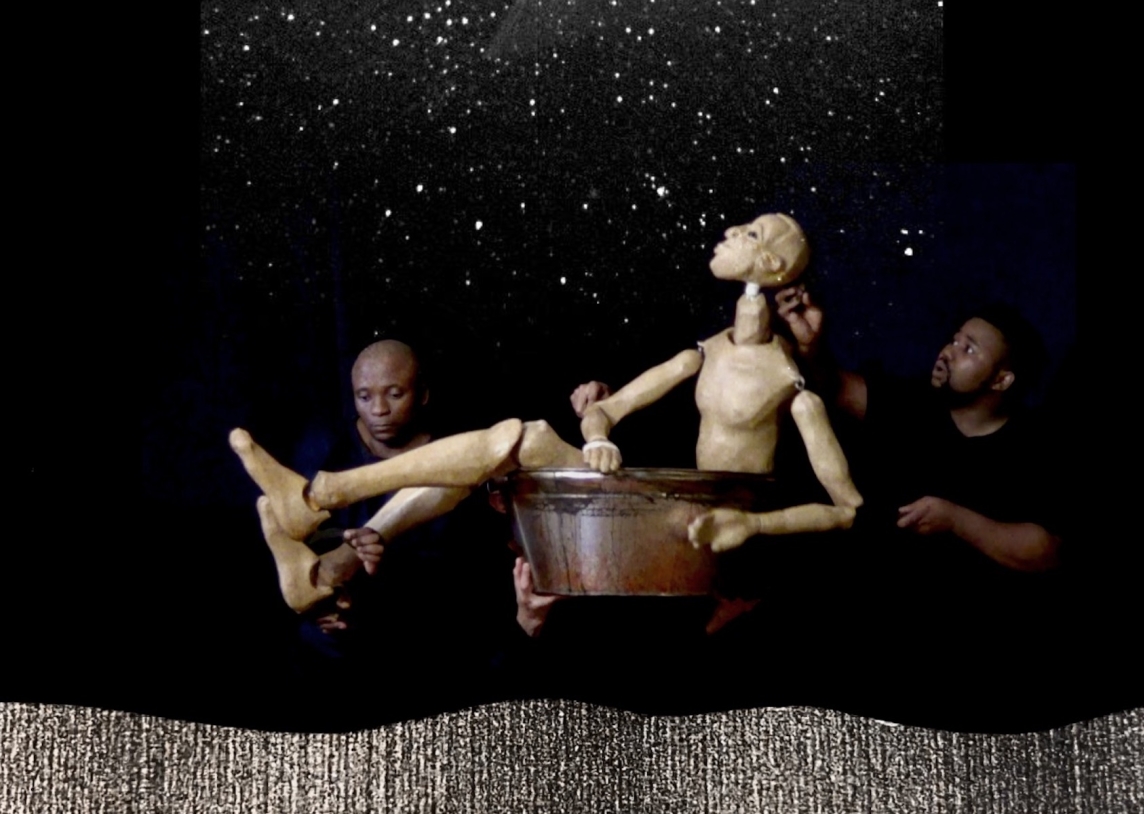News
Manipulating Puppetry
The recent production of Weathervanes at Glasgow's Tramway suggested that puppetry is not merely a collection of performances that share physical characteristics but offers a tradition of aesthetics that can interpret performances that sit outside of obvious theatrical categories. Part of the Dance International Glasgow festival, Weathervanes presented an experimental approach to performance that echoes an increasingly vibrant strand of Scottish performance: accomodating queer philosophies, these works have been cultivated by a curatorial culture that values the visual and spectacular elements of performance. Over the past decade, the importance of festivals like DIG, Edinburgh's manipulate and Arika's experimental events have offered a platform to performance that challenges traditional theatricality.
Because of the COVID lockdown, 2021's edition of manipulate was predominantly an online event, with 12 digital theatre productions, animated films and workshops, alongside the immersive Restless Worlds, which was installed in the foyer of theatres across Scotland. Given that manipulate is programmed by Puppet Animation Scotland, it has roots in puppetry but describes itself as 'visual theatre' and, over the years, has included work that is easily recognisable as choreography, physical theatre as well as both conventional and experimental puppetry. The inclusion of diverse genres connects manipulate to a wider Scottish enthusiasm for performance that chafes at the restrictions of genre and abandons the script as the template for a production. Graduates from the RSAMD's Contemporary Performance Practice and Fife College's Physical Theatre Diploma have ensured that local artists have responded creatively to the international companies arriving through manipulate.
Despite the absence of live performance, the 2021 edition's productions reveal the scope and ambition of manipulate's programme, clarifying the boundaries of the visual theatre genre. From Ballad of the Crone, in which Leonor Estrada Francke lent a performing body the uncanny and disjointed energy of the puppet through use of film, through Ariel Doron's Unboxed, a table top masterclass in object manipulation, to The Lonely Sailor's Weather Report, which evoked a dreamy and watery world through a familiar puppetry form, the programme emphasised inclusivity. And while the presence of LARDS, a kind of Scottish supergroup of physical theatre performers demonstrated that the human body was still important, the juxtaposition of their work with Weather Report or the installations of Restless Worlds narrowed the gap between the animate and inanimate worlds.
If, at its simplest, visual theatre is theatre which conveys an experience primarily through spectacle, it is also a way of considering performance from a particular perspective. Even Beckett and Shakespeare, two predictable presences in Scottish theatre's seasons, use images and spectacle, but 'visual theatre' demands a more exacting attention to appearance and presence. This perspective is encouraged by the marionette or puppet show, an attention to the surface in place of the spoken script. Visual theatre, as understood in manipulate, had its birth in the combination of puppetry and film animation but, more broadly, it invites an audience to consider the performer as a form of puppet, choreography as a mode of object manipulation.
by Gareth K Vile
This publication is written in the context of the project "European Contemporary Puppetry Critical Platform"

